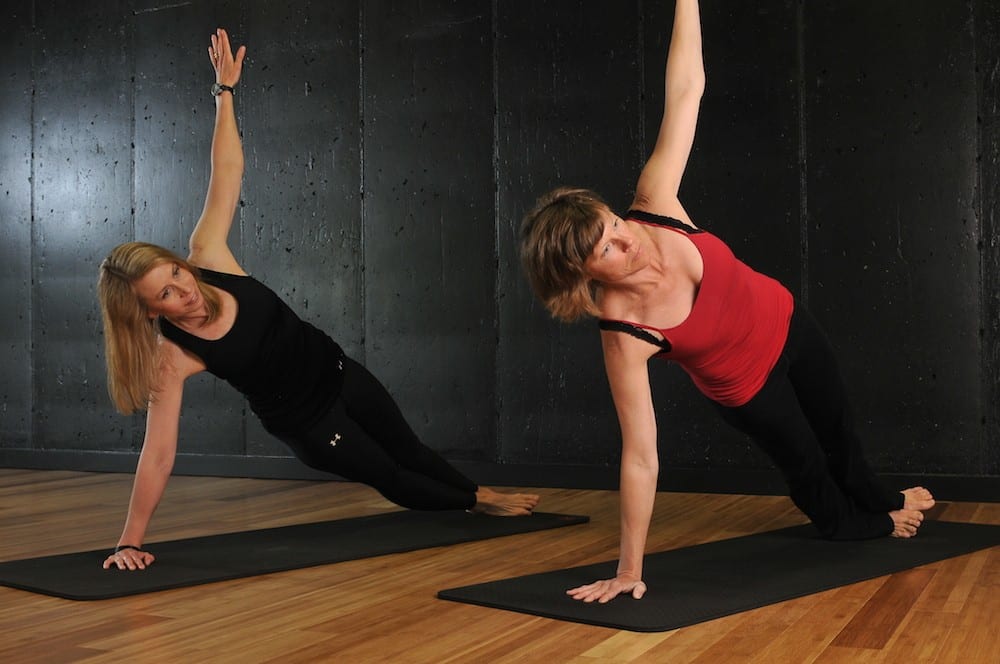 As proper form is essential in all sports and physical fitness, it’s even more crucial within Pilates. Having incorrect form will not only train your body incorrectly (leaving you sore and bent out of shape), but can also increase the chance of injury. Having solid form in your Pilates practice allows for a low risk full body workout that will leave your body in perfect balance. Keep an eye out for these four common mistakes in your Pilates practice and build your strength and resolve in Pilates once again:
As proper form is essential in all sports and physical fitness, it’s even more crucial within Pilates. Having incorrect form will not only train your body incorrectly (leaving you sore and bent out of shape), but can also increase the chance of injury. Having solid form in your Pilates practice allows for a low risk full body workout that will leave your body in perfect balance. Keep an eye out for these four common mistakes in your Pilates practice and build your strength and resolve in Pilates once again:
1. Hanging Your Head
Pilates is all about being conscious of your every movement and every muscle, but interestingly, many people forget about one of the simplest movements in Pilates: keeping your head in line with your body. To prevent putting stress on your neck and shoulder muscles, remember to keep your head aligned with your body, especially during ‘simple’ exercises like a plank or push-up. Instead of looking to your toes in plank and for a pushup look to a spot on the ground right in front of you.
2. Tight Shoulders & Back
You know that tight, hunched over feeling you may get after a long day at work and at the computer? This also occurs when you keep your shoulders tight and shrugged up during your Pilates practice. Always remember to keep your shoulders back and relaxed during Pilates, which will help you avoid back injuries while keeping your muscles relaxed and ready.
The important thing is to keep your spine flat against the ground especially when you are doing exercises on your back. A great way to test your form is to lay on the ground and make a diamond with your hands. Place your thumbs by your belly button and it should be even with your pelvic bone.
 3. Forgetting to Keep Your Abs In
3. Forgetting to Keep Your Abs In
By consciously engaging your abdomen in the exercise routine, you’ll see much quicker results whether your Pilates practice is for fitness, weight loss, or injury rehab. Staying conscious of keeping your abdominal muscles contracted during each Pilates exercise will help to improve the full body workout Pilates is known for.
4. Quantity over Quality
The goal of Pilates is not to “out exercise” your mat neighbor, rack up your number of reps per exercise, or rush through to the finish of the Pilates class. Pilates is about self control and stability, so you’re mentally present and aware of all your muscles during each exercise. To avoid injuries in Pilates such as muscle tears or sprains, it’s important to not just go through the motions, but to understand that each motion in Pilates is strengthening an intricate web of connective tissue and muscle within your body to help you grow stronger, become more flexible, and feel more energized throughout the day.

